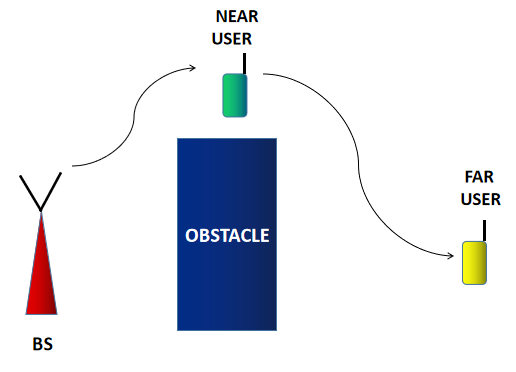User pairing in NOMA

Hello everyone! In this post, we'll look at the user pairing problem in NOMA. Let's dive straight in! Download the MATLAB code here What is the user pairing problem in NOMA? We know that NOMA serves multiple users simultaneously in the same frequency. But how many users can we support in one frequency carrier? We analyzed this question in detail and found the answer in one of the previous posts. There, we concluded that, if the number of users is increased beyond a limit, the sum throughput of the network will actually begin to drop. So, we cannot increase the number of users per carrier indefinitely. Then what can we do to support all the users? One solution is to employ hybrid NOMA. Hybrid NOMA is a combination of NOMA with any OMA technique. For example, let's consider TDMA+NOMA, as shown in Fig. 1. Let's say we have a time slot of 4 ms duration. We have to support 4 users within this time slo





